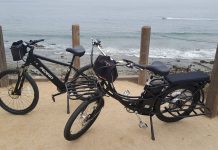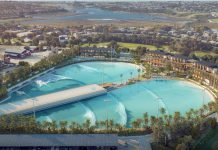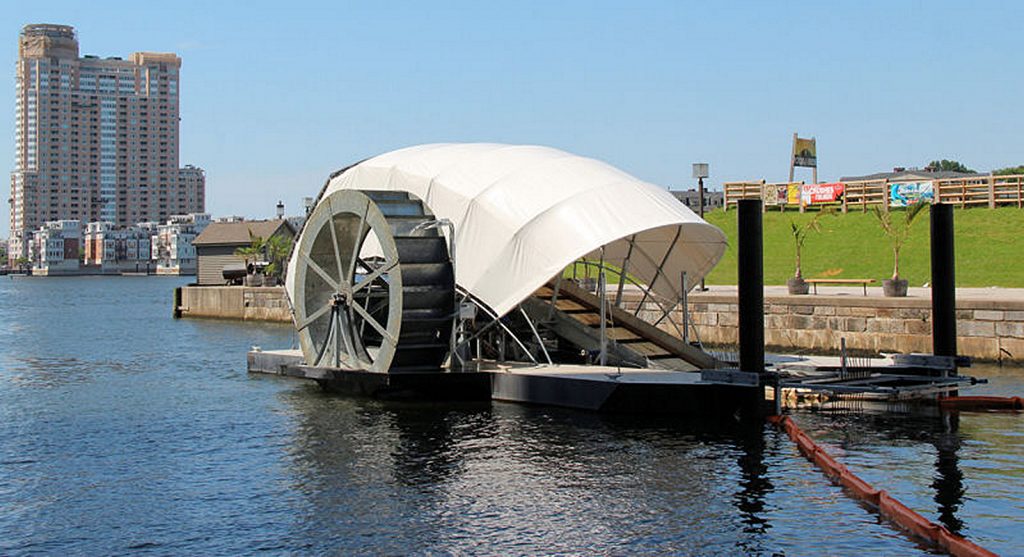
— Photo courtesy of Billy Dutton/Baltimore waterfront ©
A solar-powered, debris-gathering water wheel, an idea that has been floating around the harbor for more than a year, is getting some traction this week as the city helps the project move forward.
Public Works Director Dave Webb provided an update on the project to the Newport Beach Harbor Commission on Wednesday.
Commissioners seemed interested and supportive of the idea. They did not take any action on the item.
“It’s an incredible project,” Chairman Bill Kenney said.
The system is basically a stationary, floating barge with a conveyer belt on one end, a standard-sized trash dumpster on the other end, and a water wheel in the middle.
Boons funnel debris floating in the water toward the conveyer belt. Solar powered water pumps turn the water wheel, which moves the conveyer belt, which carries the trash into the bin on the other end of the barge. The entire thing would be approximately 50 feet long.
Location is key in the project, Webb said. The proposed site for the water wheel is just east of Jamboree Road. They moved it upstream a bit because of an ecological zone, but staff believe they can work around it without any issues.
The potential water wheel would collect debris from the lower San Diego Creek that feeds into the bay. About 80 percent of the material that enters the bay comes from San Diego Creek, Webb explained.
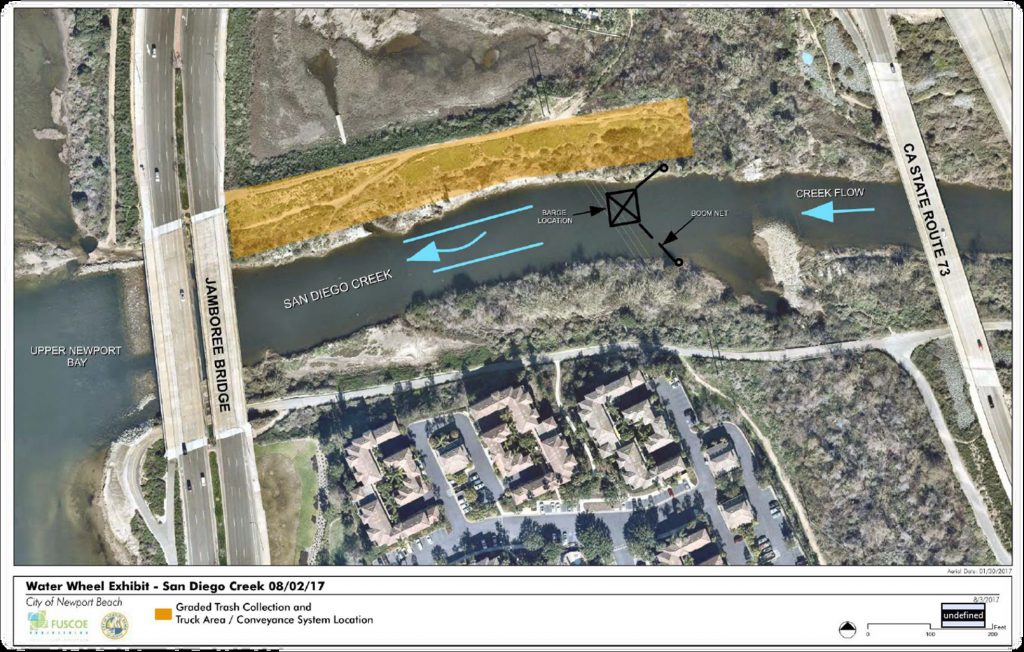
— Photo courtesy the city of Newport Beach ©
“Hopefully get the trash as it comes down through the creek,” Webb said.
Other coastal cities have used the water wheel with great success. The primary example (and what Newport’s water wheel is based on) is Baltimore, which uses a solar powered water wheel to collect trash from Jones Falls River before it enters the harbor.
Baltimore’s “Mr. Trash Wheel” has removed more than 1.34 million pounds of trash from the river since its inception in May 2014. It’s capable of removing about 50,000 pounds of trash every day.
Staff is also connecting with upstream partners to help work, and pay, for the water wheel. The city is looking to share the cost of the project since it’s considered a regional problem.
“A lot of the trash is generated upstream,” Webb explained.
The Newport Bay watershed reaches all the way into the foothills of Mission Viejo, Lake Forest, Irvine, Orange and Laguna Woods, among other inland Orange County cities.
Staff hopes to get grant money to cover design and permitting, estimated to cost $350,000, and construction, about $1.4 million. To help offset the cost, the city has already raised $12,000 in private donations.
Annual maintenance is expected to cost about $50,000, which the city hopes to share with the upstream partners.
Commissioner Paul Blank also suggested sharing some of the collection, hauling and landfill costs with the “perpetrators upstream.” Webb explained that the $50,000 maintenance includes those responsibilities.
The process may take a while because coastal permits, which can be lengthy, are required, Webb explained.
There is still a lot to be done. They are currently working on an engineering study to see if the project is even feasible, he added.
Staff hopes to start the California Environmental Quality Act preparation by early next year and apply for grants by spring or summer. Construction could start in early 2020
It is only at the conceptual level right now, Webb emphasized.
“It’s not as simple as just putting it in there,” Webb said.
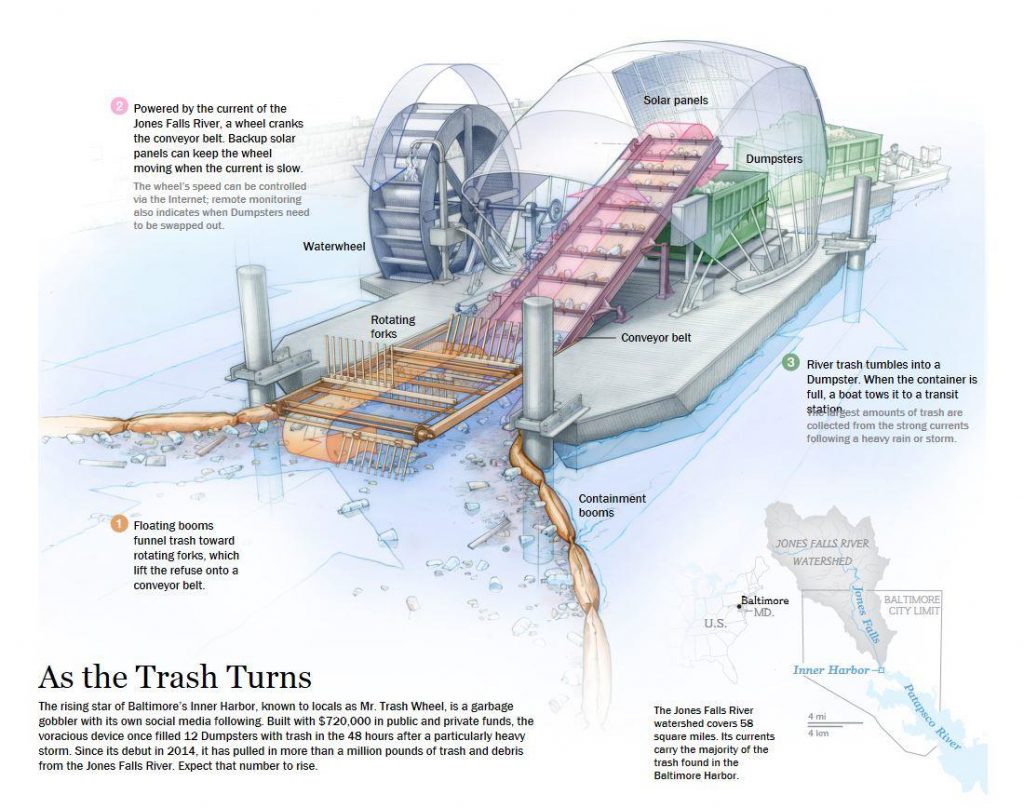
— Photo courtesy the city of Newport Beach ©


